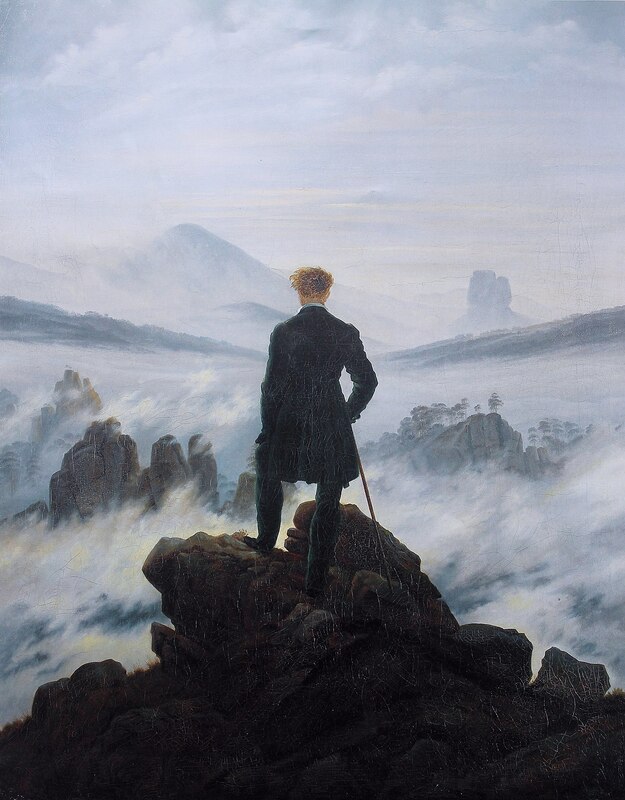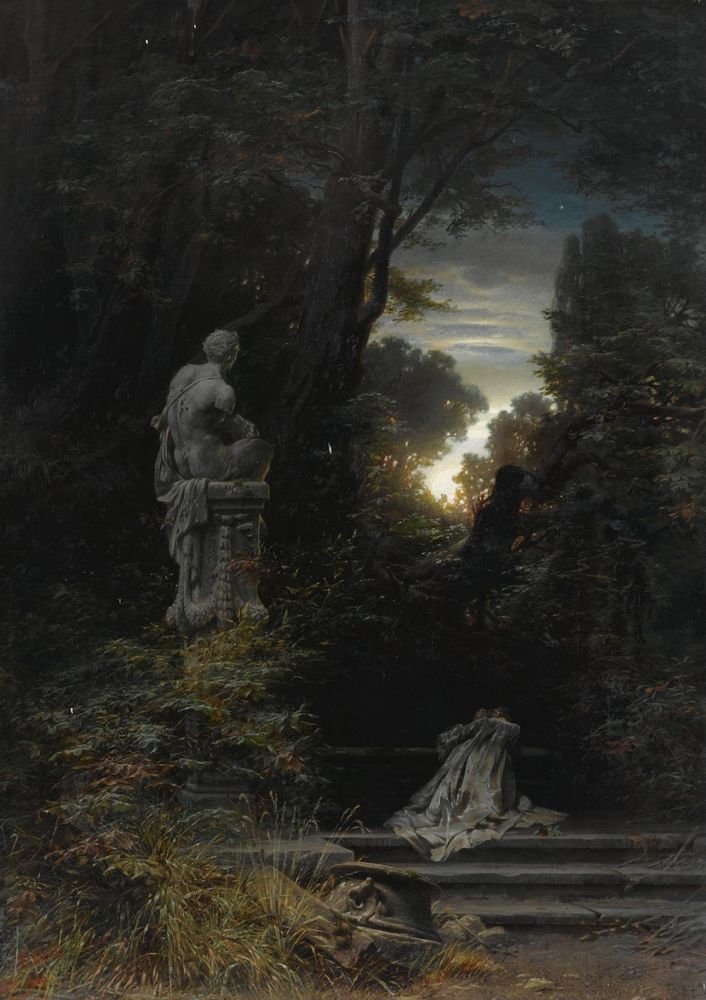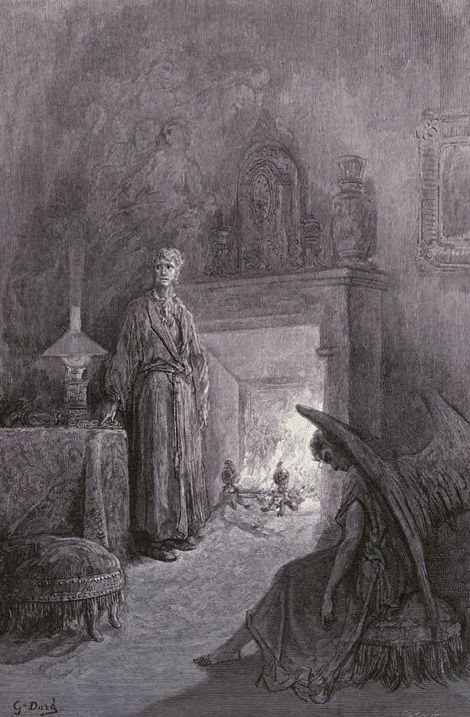Dark romanticism is distinguishable from the Romanticism period because there is emphasis on human fallibility, specifically the capability to fall from grace and relish in our carnal desires and sin. Similarly, their view of nature can fall into the same category. Nature suddenly turns into a cold, dreary, darkened place; it is violent and uncontrollable, which makes it all the more dangerous. Some would argue that dark romanticism has a pessimistic worldview, and perhaps there is some merit in this scholarly argument. While Romanticism looks upon human nature in a positive light, it is the Dark Romantics that highlight the corrupted nature of our hearts and the sheer anguish and terror we can place upon others. For some artists in this field they blame social reforms, a direct result that mangles mankind into a darker form of themselves. There is evidence of this in Nathaniel Hawthorne's "The Scarlet Letter," a popular piece of literary work in his time. In contrast, other literary writers believed that it was not social reforms that made them fall from grace, but purely their susceptibility to be self-destructive, thereby, indulging themselves in sin, orgy and a defiance towards God. I would argue that this period of literary writing explores the morality of man, it is a time of spiritual and emotional exploration, where the writer can dive into this fictional world and reexamine the inner workings of man. One of the most prolific writers of Dark Romanticism is Edgar Allan Poe. When you analyze his stories such as "The Raven," or "The Tell-Tale Heart," you can see that he is examining the darker side of human emotion, ranging from deep despair to the macabre. Poe does not highlight the lightness of our nature, but the deeply mutilated, grotesque and fearful side that lies within our soul. There are some other artists that embrace this genre of literature, such as Emily Brontë, Mary Shelley, Nathaniel Hawthorne, Herman Melville, and Emily Dickenson. This literary subgenre of Dark Romanticism is still prevalent today. There are artists and writers that still feel the need to explore the corrupted side of human nature and their tendency to fall into sin and disgrace. I have come across a marvellous short story by Monica Crosson called "The Ode to Dark Romanticism," which you can read by clicking in on this link here. There is also a range of poets in the twenty-first century that are inspired by the works of Edgar Allan Poe and H.P. Lovecraft, one of which is an interesting curated set of poems that can be found in Cassandra L. Thompson's "Crow Calls: Volume One."
My published work the "Far from Home" series will fall into this subgenre too, especially in the final edition which will premiere in the year 2022 or 2023. In "Far from Home: Book Three," the main character, Amelie, will have to battle with her conflicting emotions when she encounters a strange man that has a mystical connection to her. The idea of reincarnations will be explored in "Far From Home: Book Three," as well as human fallibility and the great temptation of sin when being lured by a powerful forces that verge on the edge of the supernatural. Vampires have always had a desirable lure upon the female sex; their immorality, unnatural beauty, and the sexual aura which they exude makes the main female characters fall into their grasp. In the first two editions of "Far from Home" we know that young Victoria Reeds is no exception, but will Amelie Stewart have a chance to fight against her own carnal desires? For the reader we see that the enchanting engima- the delectable presence of Aodhan McVeigh has made many women fall to his charms, but when it comes to Amelie Stewart the situation is altered because she so closely resembles the woman he loved. "Far from Home: Book Three" examines the range of human emotions- pain, anguish, despair, but it also sheds light upon the nature of man and whether it can lead them to salvation or utter destruction. I hope this short article enlightened you upon this interesting subgenre. It is not only prevalent in literary works, but also in music and art works. I highly encourage you to explore this brave new world! Dark Romanticism gave birth to Gothic Fiction, and it is the reason we have such famous works such as Horace Walpole's "The Castle of Otranto," Hawthorne's "The Birthmark," and Poe's "The Fall of House Usher." Their writings are still an inspiration today, especially for myself as I continue my journey as a self-published author. Be sure to check out my works, such as "The Tragic Tale of Teddy Woven" or "Far from Home: Book One," if you enjoy dark Gothic reads. Thank you for taking the time to read this article, Peter
1 Comment
|
Archives
March 2024
Categories
All
|



 RSS Feed
RSS Feed
